Watch for more orange, brown, gold and yellow cars on streets near you soon as 1970s-style earth tones make a comeback and fuel-sipping cars thrive, industry experts say.
Still, neutral colours remain the first stop for risk-averse buyers worried about resale value, and the rainbow will always fade when it comes to pricey rides.
"The more expensive the car and the higher the value, the less colourful it is," says Sandra Krueger, an auto colours specialist in Germany for US-based chemicals company DuPont. "There are exceptions, such as Ferrari that is classically red, but you are not going to see expensive cars that are orange or bright green. Taste in autos is very conservative."
DuPont's 2005 survey of car colours shows silver remained the customers' favourite, accounting for 30 per cent of vehicles in Asia, 29 per cent in Europe, 25 per cent in South America and 18 per cent in North America, although grey and black gained.
Corporate fleets that buy millions of cars each year for use as company vehicles or rentals prefer neutral colours because they retain value better. Even retail buyers don't want to be stuck with a car they can't sell at a good price.
That means the colour action is mainly to be found among smaller and sportier cars that strive to be cute and peppy. They tend to be second cars driven by women and young people.
"We see silver crossing over to new colour spaces using tints in cool blue and green or warm, light brown metallic effects. Even grey will take on more hues in red, blue and purple," says DuPont's forecasts for colours through to 2009. Light, medium and dark blues are becoming more popular across vehicle segments, while warmer reds will cross with orange to create new colour trends.
"And while deep brown has been periodically picked as a luxury fashion colour, new colour highlights and greyed-off effects may finally push the colours' attractiveness for more vehicle models," DuPont says.
Bright yellow and orange are also gaining acceptance, which means colours are getting bolder just as smaller fuel-efficient cars are in the ascendancy because of high fuel prices.
Effects that make the colour seem to change depending on how light hits them are also the rage.
The new Mercedes-Benz E-Class executive car features 13 colours, of which nine are metallic and two have special effects, a Mercedes spokesman says. Its Indium Grey, for instance, seems to shift colour as the light changes.
Car companies put a lot of
work into picking colours. Gert Hildebrand, chief designer at Mini, says developing a new colour takes more than two years. Mini works with suppliers to come up with hues, then tests them in the desert while trying to persuade marketing and production colleagues to back them.
"We have to make 10 proposals to the board before we get one colour through," Hildebrand says. "It is not just picking a colour and painting it. We paint 20 cars and they pick two."




.jpg)







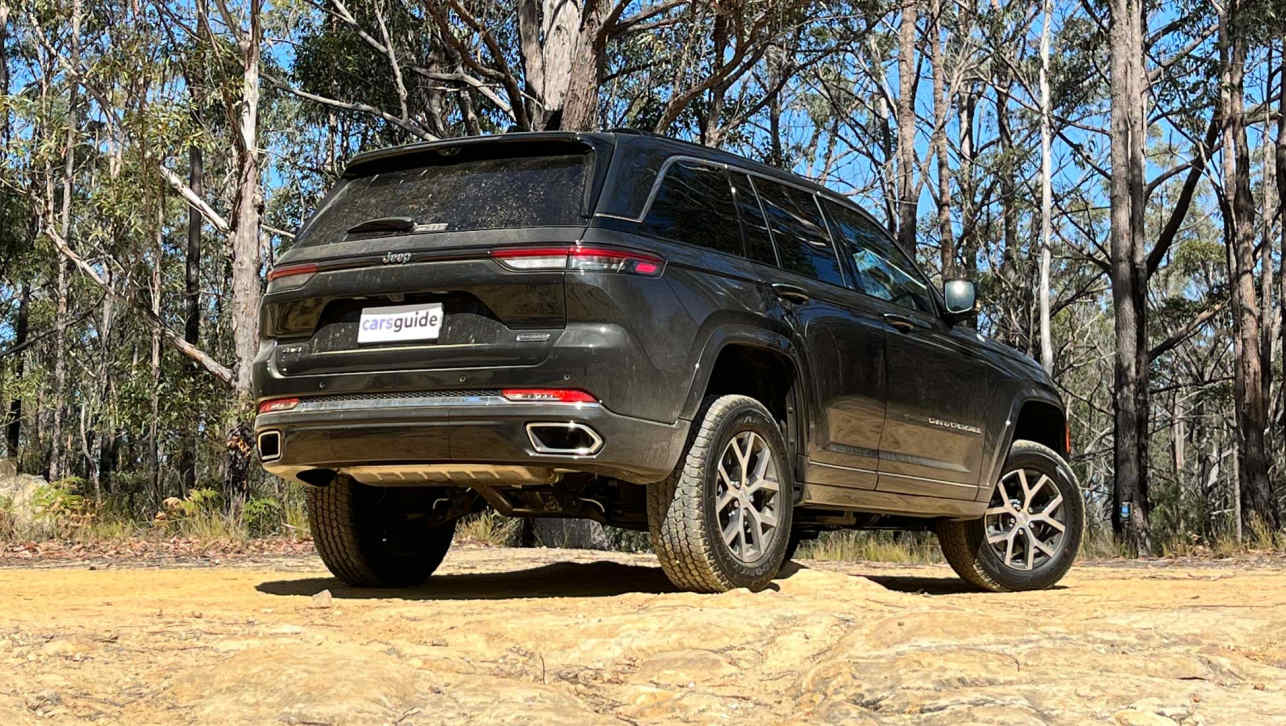
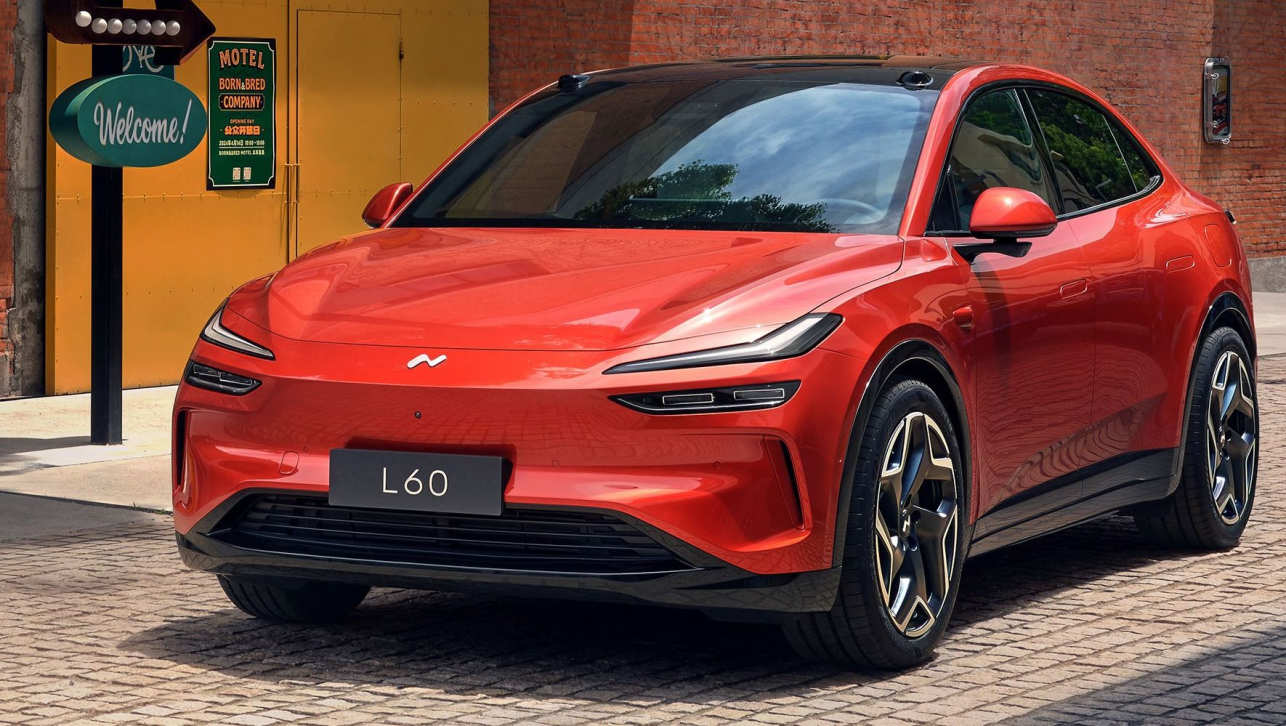
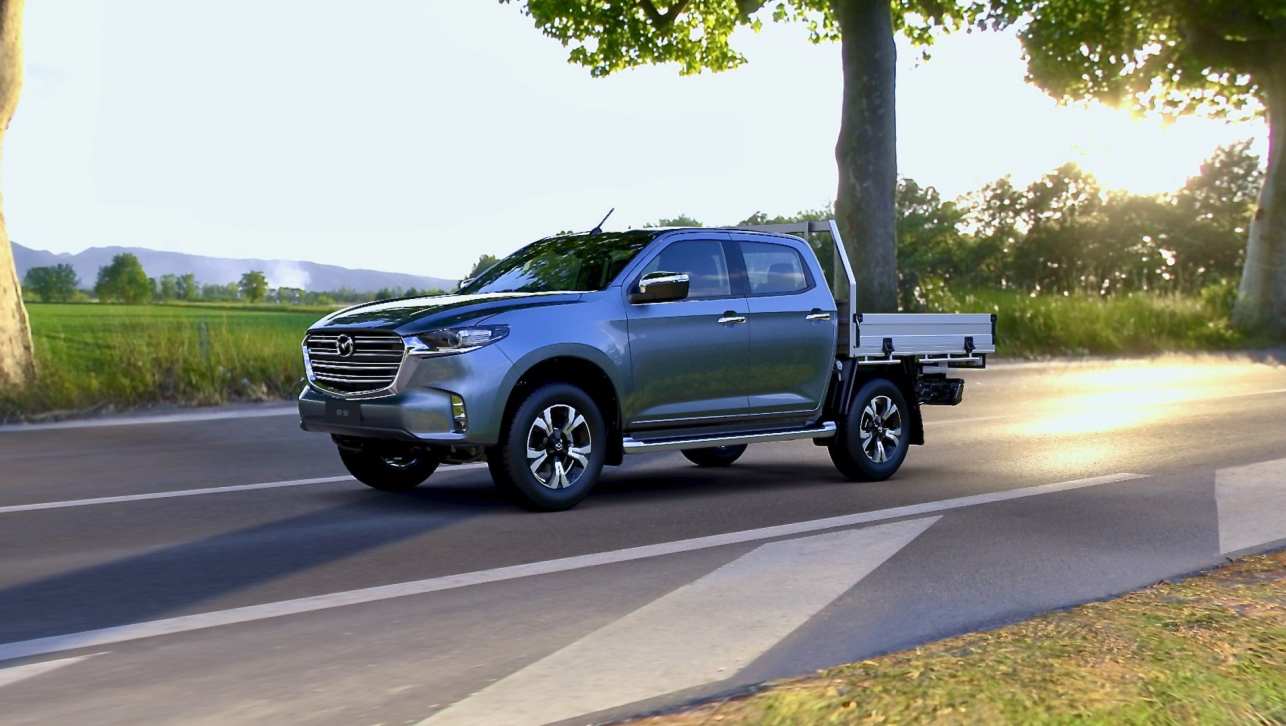
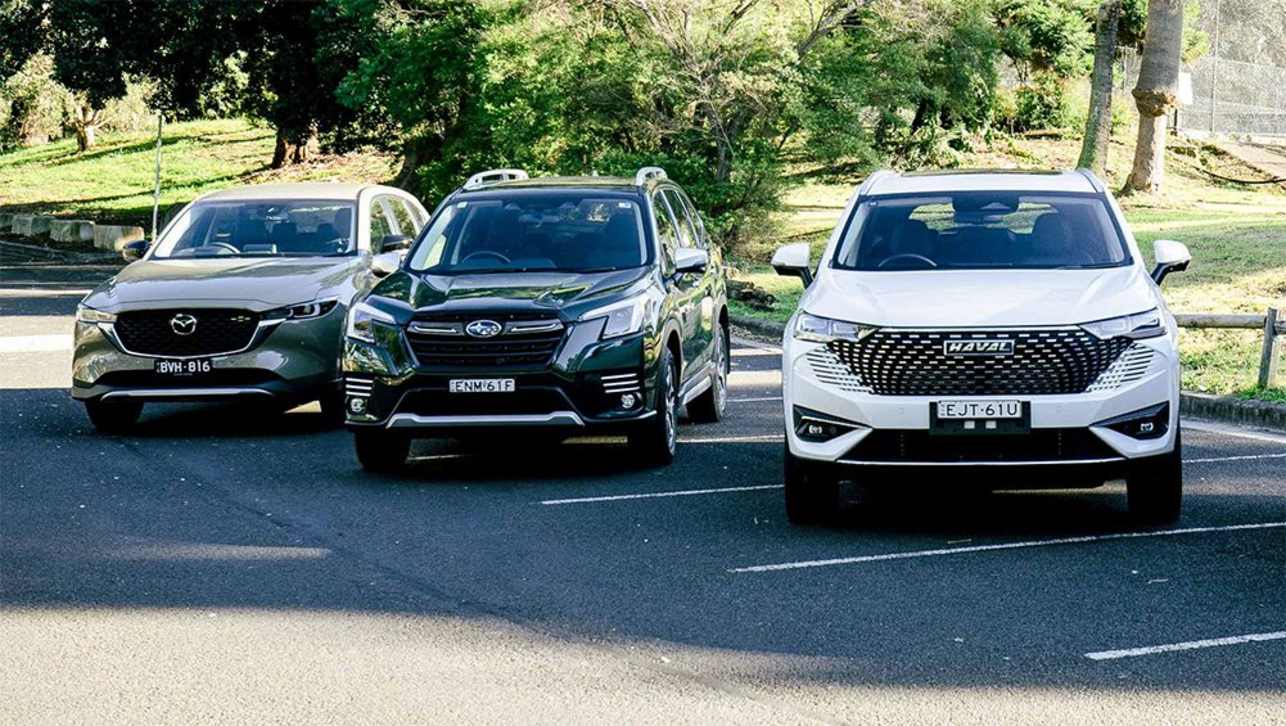
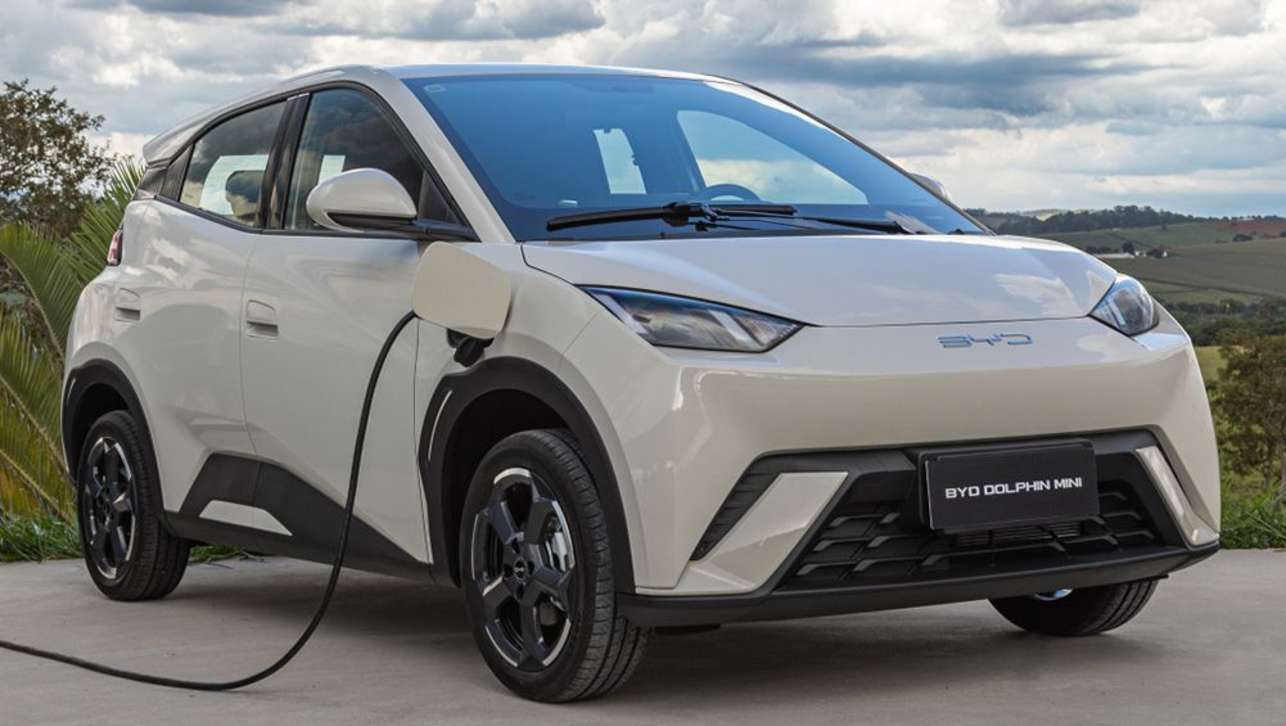




.jpg)
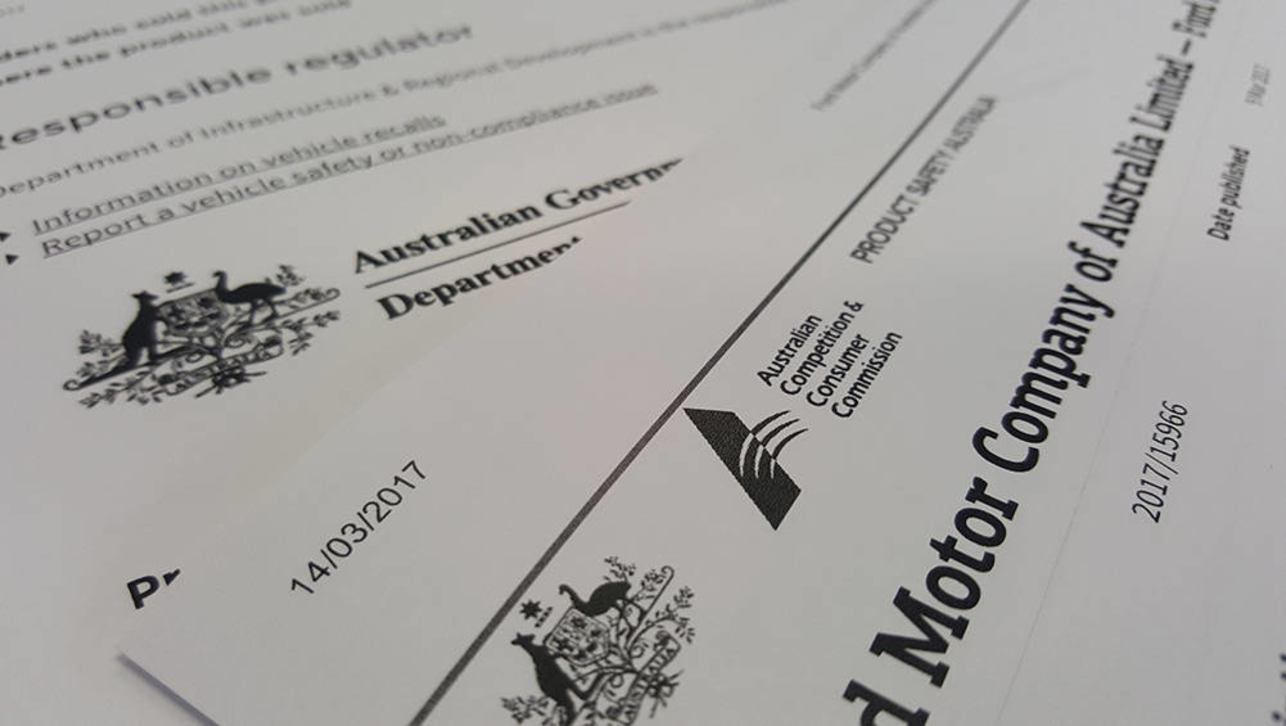
.jpg)
.jpg)
.jpg)

.jpg)


Comments